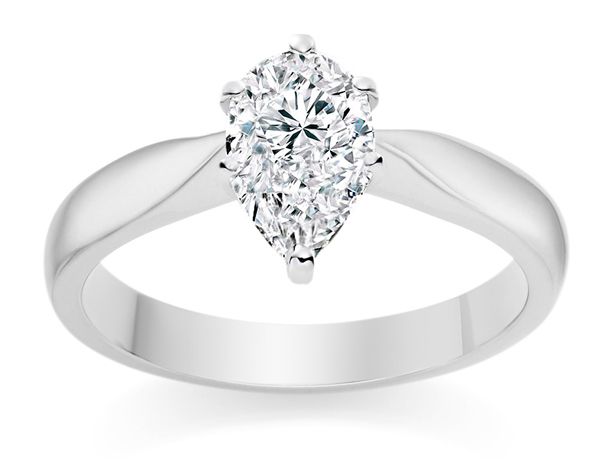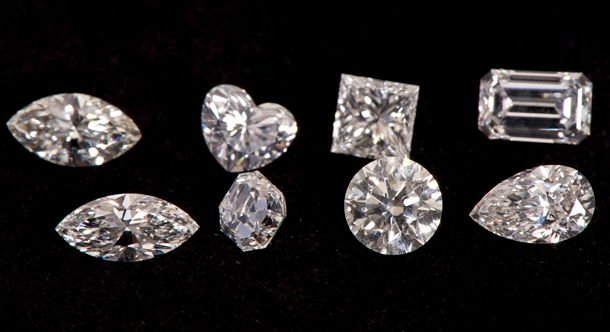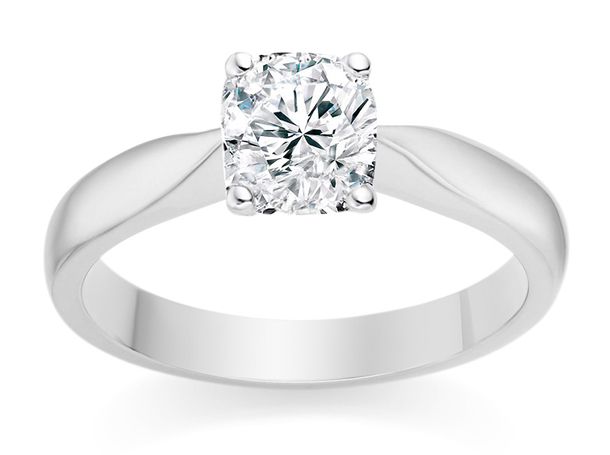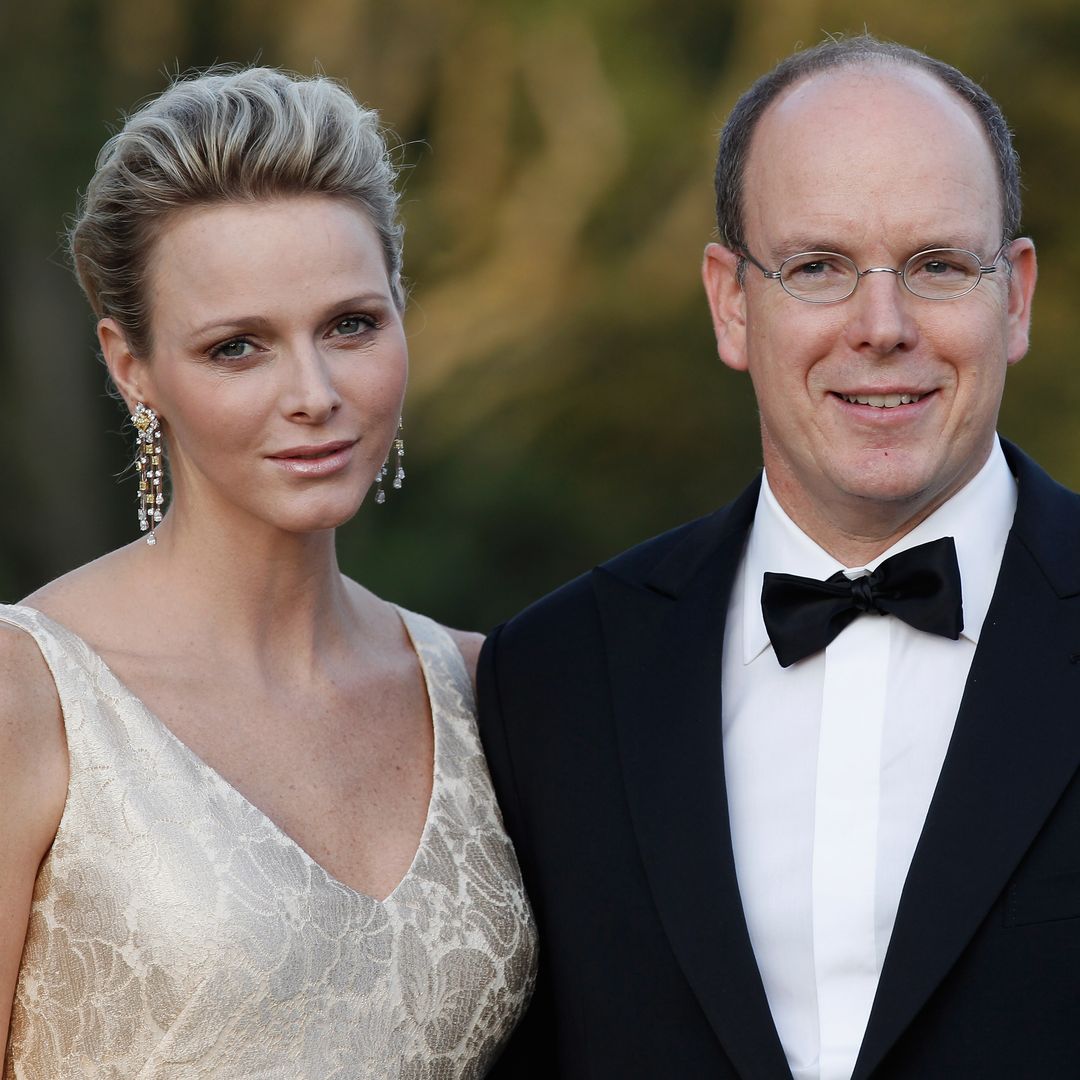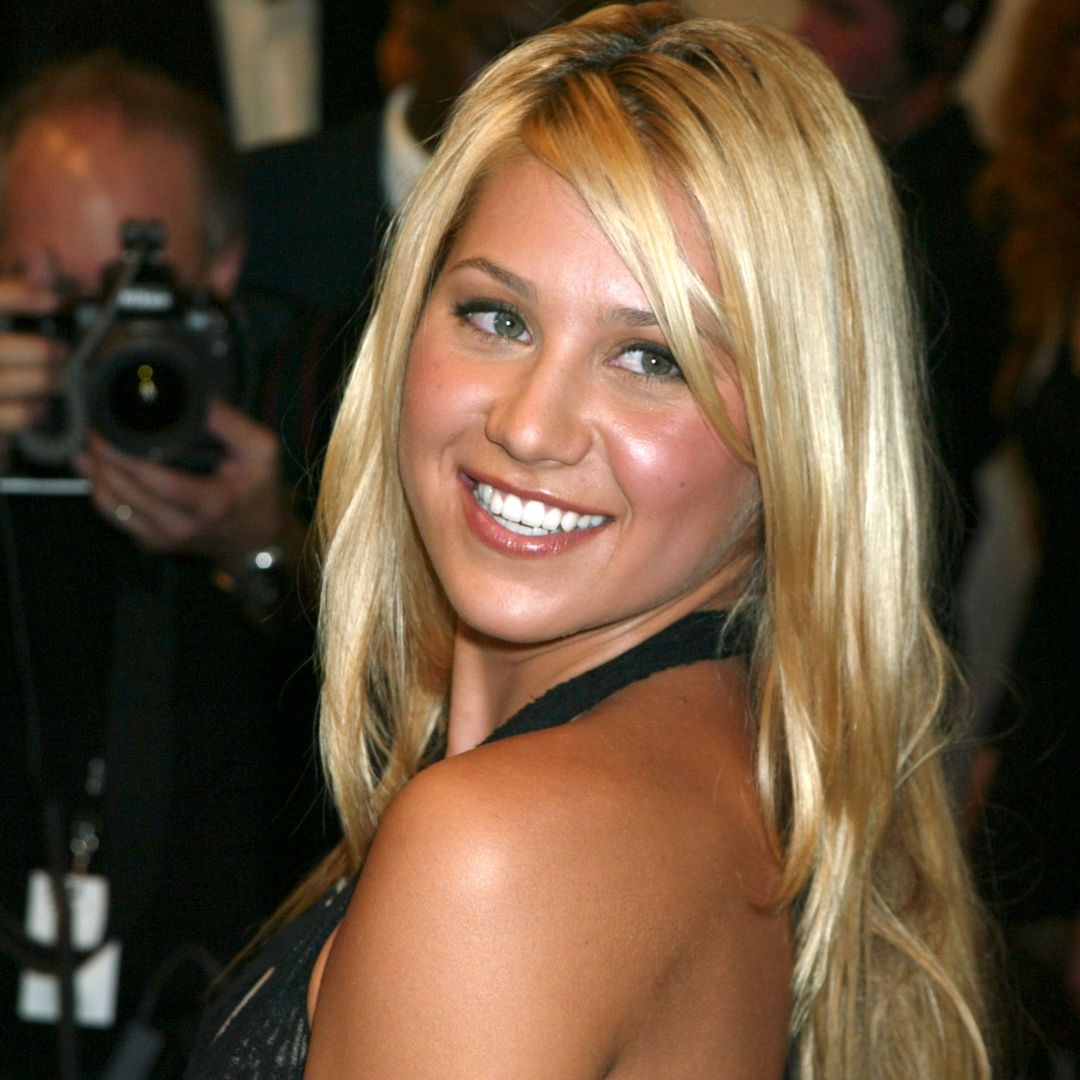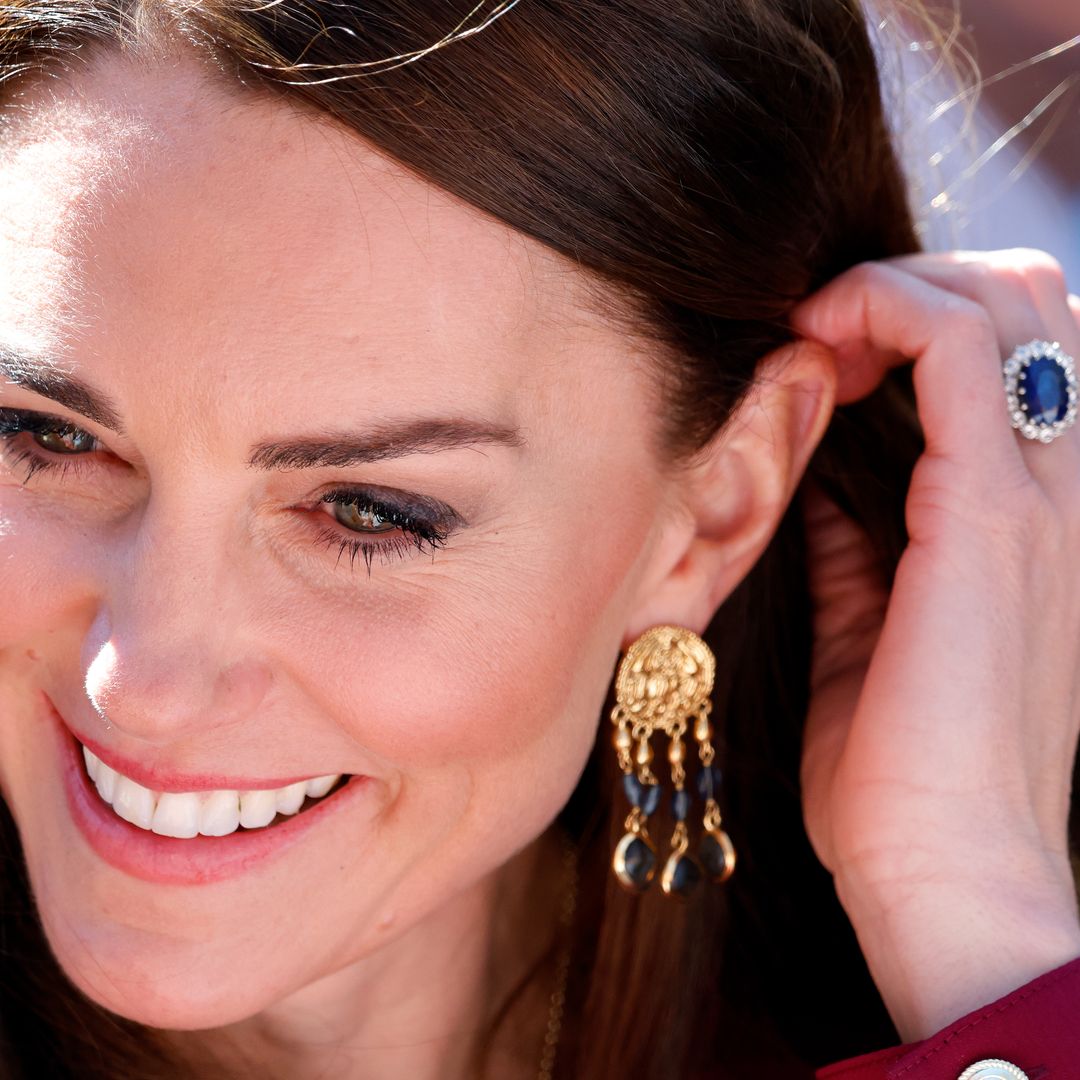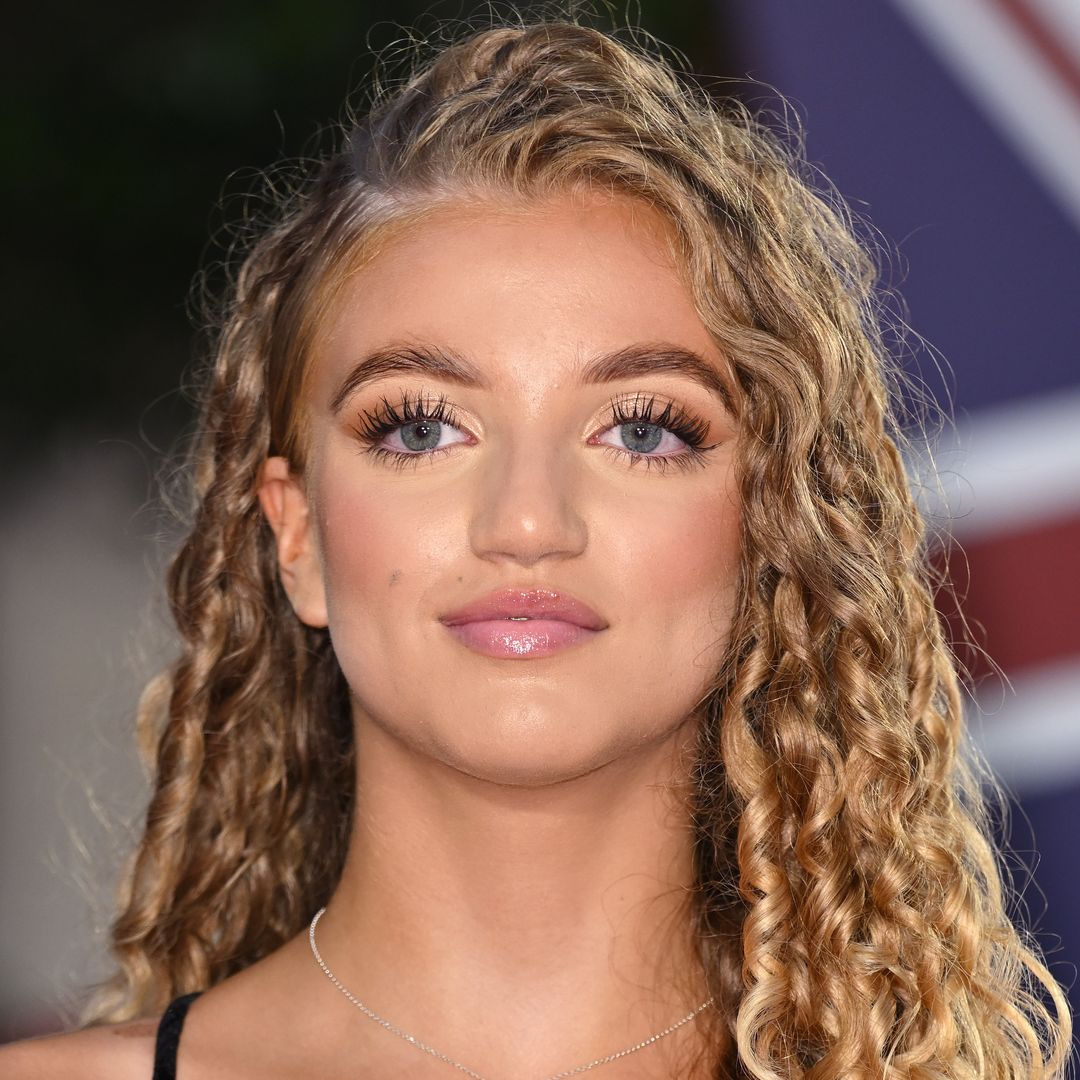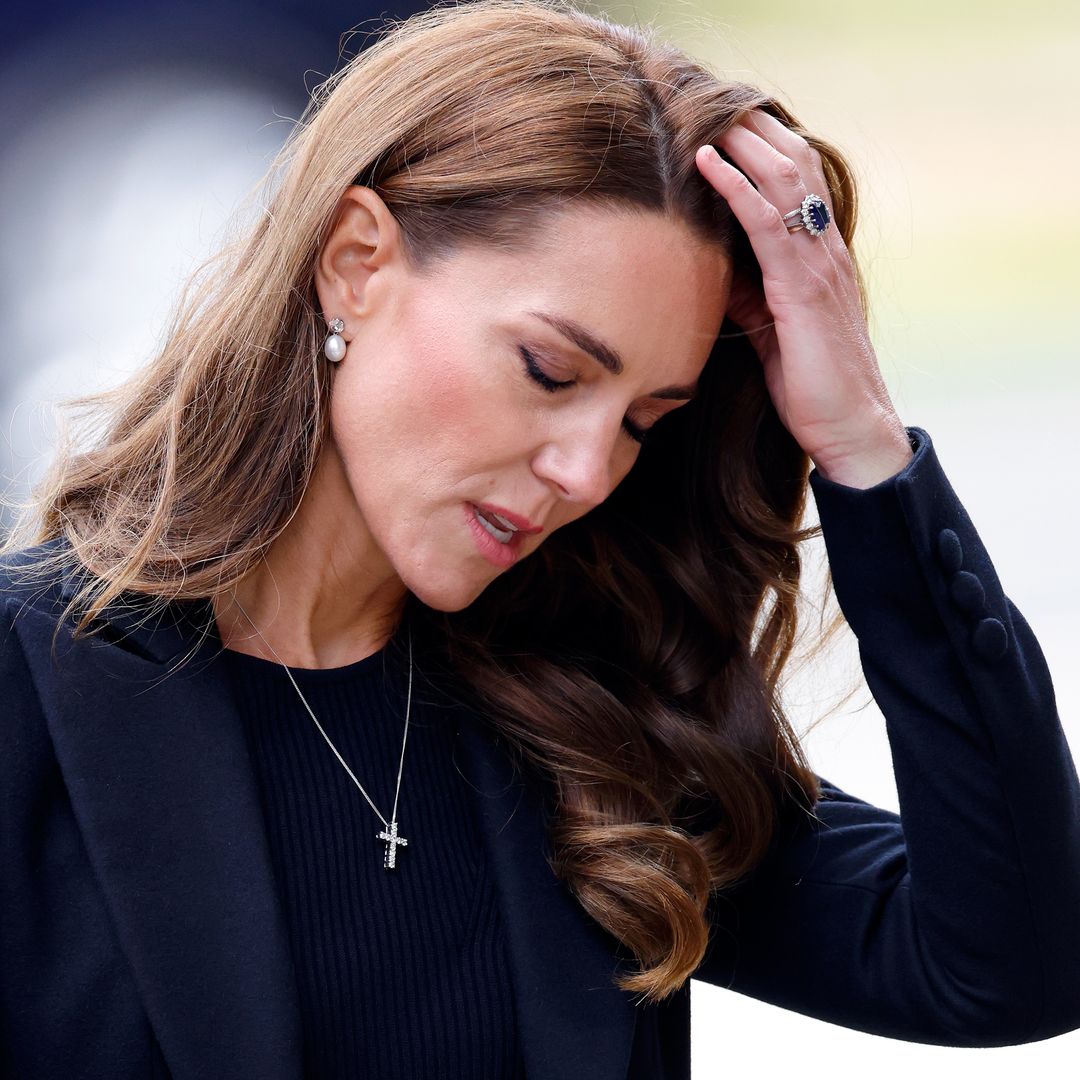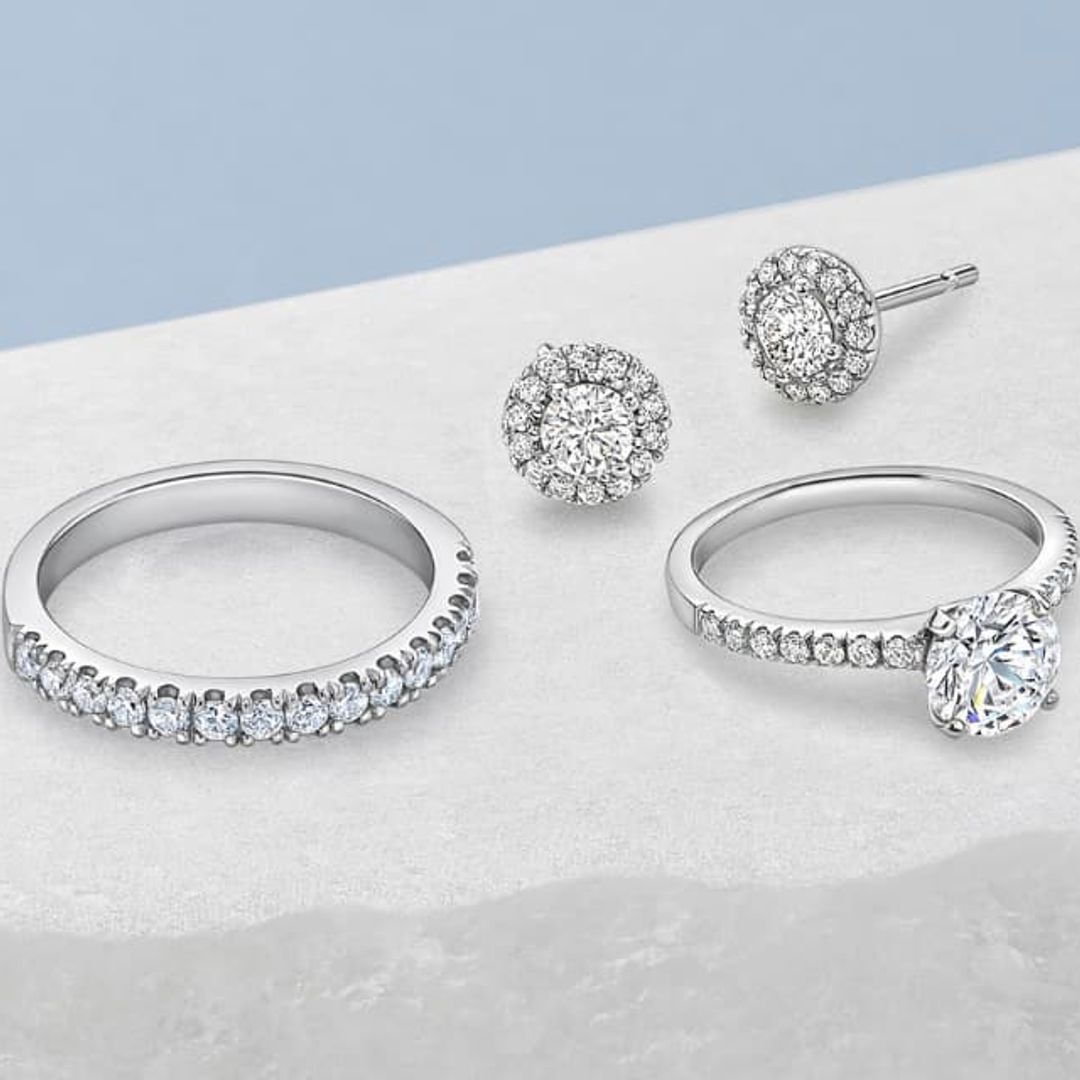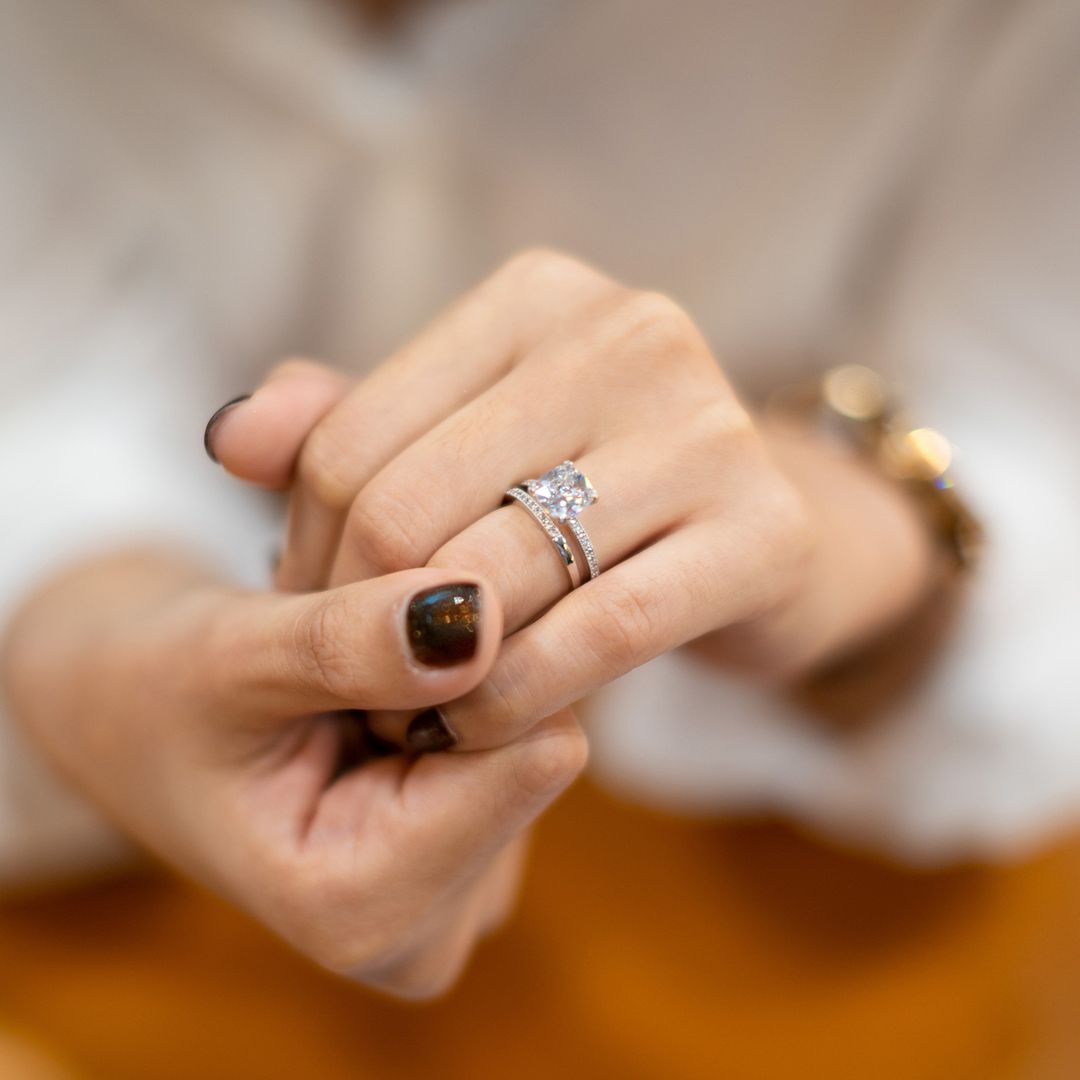When it comes to buying a diamond engagement ring, there are four C's you have to look out for — cut, colour, clarity and carat.
While the general misconception is that the more carats a ring has, the higher quality and more glamorous the rock is, carat is actually the least important of the four C's.
Diamond expert Vashi Dominguez, founder of online jewellers Vashi.com, reveals what you should look out for when buying a ring. According to Vashi, the most important of the four C's is cut, followed by clarity, followed by colour and then carat.
1. Cut:If a diamond is too shallow and hasn't been cut well, light will still enter vertically but escape through the sides and back of the gem, giving a duller appearance.
The cut of a diamond is the most important thing to bear in mind as it determines the brilliance and shine of the rock. If a diamond has been cut symmetrically, light will enter vertically and also exit vertically, giving an array of colours to the viewer.
2. Clarity:Nearly all diamonds — 99.99% — have imperfections, and clarity refers to those natural cracks, lines and blemishes you find. While a completely flawless stone will reflect more light than a flawed one, at the higher end of the market these differences go unnoticed to the untrained eye and can only really be seen through a magnifying glass, inspecting the diamond an inch away.
Synthetic coloured diamonds do exist on the market, but Vashi recommends considering a gemstone instead if you're after a coloured rock. Rubies, emeralds and blue sapphires in particular have grown in popularity ever since Kate Middleton got engaged with the late Princess Diana's blue sapphire rock.
The value then goes back up in diamonds that are coloured and not white, and are the popular types of rings you see celebrities wear, such as Jennifer Lopez's pink diamond.
3. Colour:Vashi recommends never going for a "magic" weight carat, such as one carat or half a carat. You can't see much difference in size between one carat and .98 points, but in terms of price, the .98 diamond will be about 30 per cent cheaper. Both look and weigh virtually the same, so it's always better to buy just under a round number.
Colour refers to the absence or presence of colour in a white diamond. The least colour a diamond has, the more valuable and rare it is. The range starts from colourless, grade D, being of the highest quality and goes down to grade Z, a diamond that has more tints of colour such as brown and yellow.
4. Carat:Carat is the unit used to measure the weight of a diamond, not the size. One carat weighs one fifth of a gram, with five carats equalling one gram, which can cost up to £500,000. Prices for carats grow exponentially but what is less obvious is that larger stones are disproportionately and radically much more expensive than smaller ones.
When looking for a diamond, Vashi suggests thinking about one of three things:- Do you want the biggest size for the price?- Do you want the finest quality for the price?- Or do you want a balance of quality and cost for the price?Buyers in the UK are more conservative and tend to look for a balance between quality and cost, said Vashi, while US consumers are less sensitive to quality and go for bigger diamonds. In the Far East, buyers look for the finest quality. "It really comes down to culture," he said.

